Then there’s the touchpoints, which are superb. Our test car’s leather-trimmed steering wheel feels as though it belongs, at the very least, the class above, and because Renault has repackaged the airbag, the view through its spokes and into the digital instrument binnacle is effortless. The window switches and toggleswitches beneath the tall 9.3in central display also depress with an expensive-feeling crispness, and Renault has resisted the infurating industry trend of moving the climate controls into the digital relam. Here they take the form of rotary dials, which use a fairly convincing knurled plastic chrome trim deployed elsewhere in the cabin.
If the cabin is nothing short of stellar, then the driving experience doesn’t quite hit the same heights, though it begins well enough. The steering column boasts all the adjustability you could ever want, and the seats can be set low enough for almost all tastes, even if the bolsters look more supportive than they really are. The steering action is fluid and the raised gearlever begs for positive inputs.
You’ll need to oblige it, too, because there’s a slightly gritty texture to shifts that, if not a chore, certainly doesn’t make changing gear any particular pleasure. The length of the throw is fine for a non-performance derivative but the movement itself also needs more definition. The clutch is then feather-light and matched by steering, which is also now a toucher quicker than before and with greater travel. In short, the control weights are very much set up for the low-speed ease and agility demanded by city driving, which is difficult to criticise in a supermini, if not quite what many of us are looking for.
The downsized 1.0-litre triple can also be filed under ‘adequate but uninspiring’, especially when Ford has shown that such engines can have both power and personality. Sometimes it’s as though Renault has geared this car for a land-speed record, such is the absence of torque at lower engine speeds, and yet straying above 5000rpm only loudens the monotone din. Equally, when not under any real load, few engines in this class are more discreet from the cabin, and at a cruise the TCe 100’s efforts are all but inaudible.
Dynamically the chassis by far is the most intruiging element of the new Clio. In the main, the suspension is impressively absorbant, and soaks up corrugated roads without much fuss. It’s prone to crashing over sharper inputs, but find me a supermini that doesn’t. In this class only the Polo does noticeably better, and most do considerably worse. Vertical body control is good, and lateral control more relaxed – too much so for our tastes but not in any way that might be described as 'flawed'. The Renault is also magnificently quiet at a cruise, and not just because of the engine. We’re told this is a particular area in which substantial sums of money have been spent, and it’s worked. Don’t be surprised if this car matches Golf-sized rivals when we affix our road-testing microphones later this year.
And when you really want to drive the thing? Once you’ve got on terms with the lack of steering feel and begin to push the car, it’s the low rolling-resistance tyres than give up first. The chassis balance is there, however, with you all the way, and so is another nice surprise: a mobile rear axle. You need to go looking for it in this regular Clio, and manage an ESP system you’ll swear gets triggered even when travelling in straight line, but the new car’s narrower hips (a change made principally for aerodynamic gains) make it playful. Only the Ford – or a Mini, driven extremely hard – feels this adjustable and so the upcoming RS Clio should be a blast.

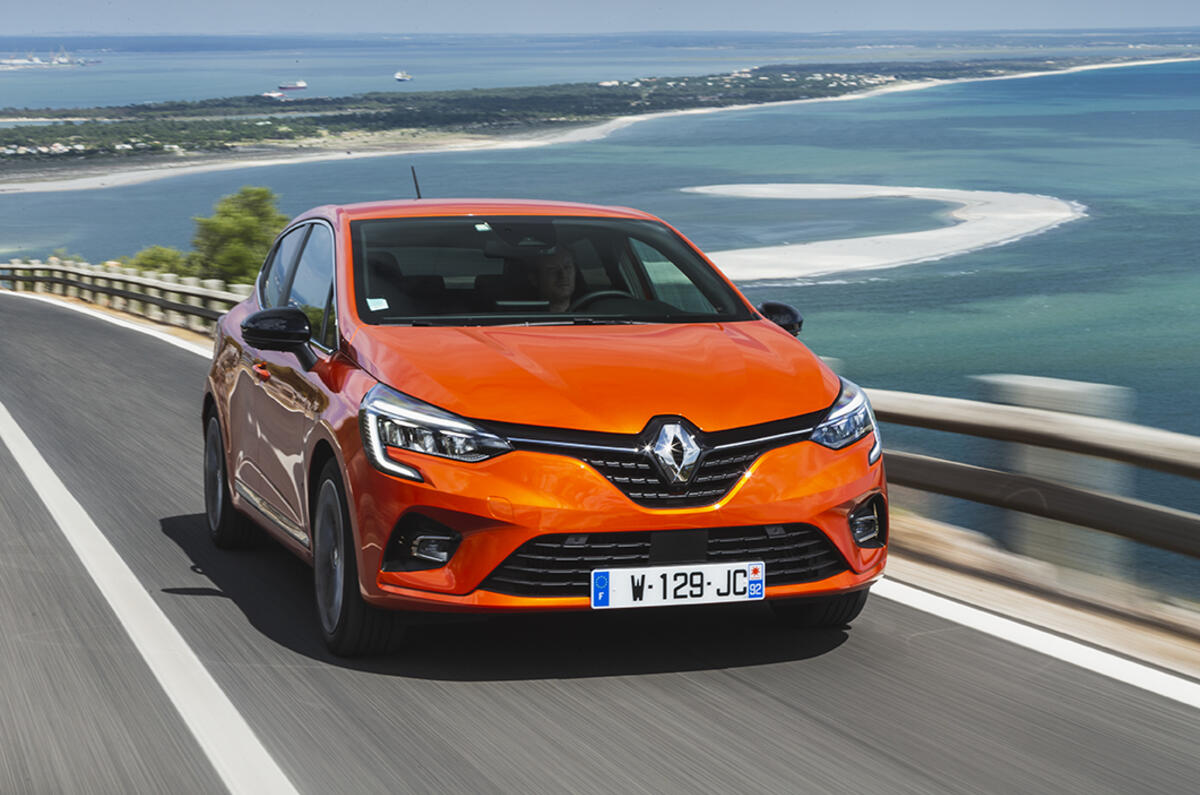
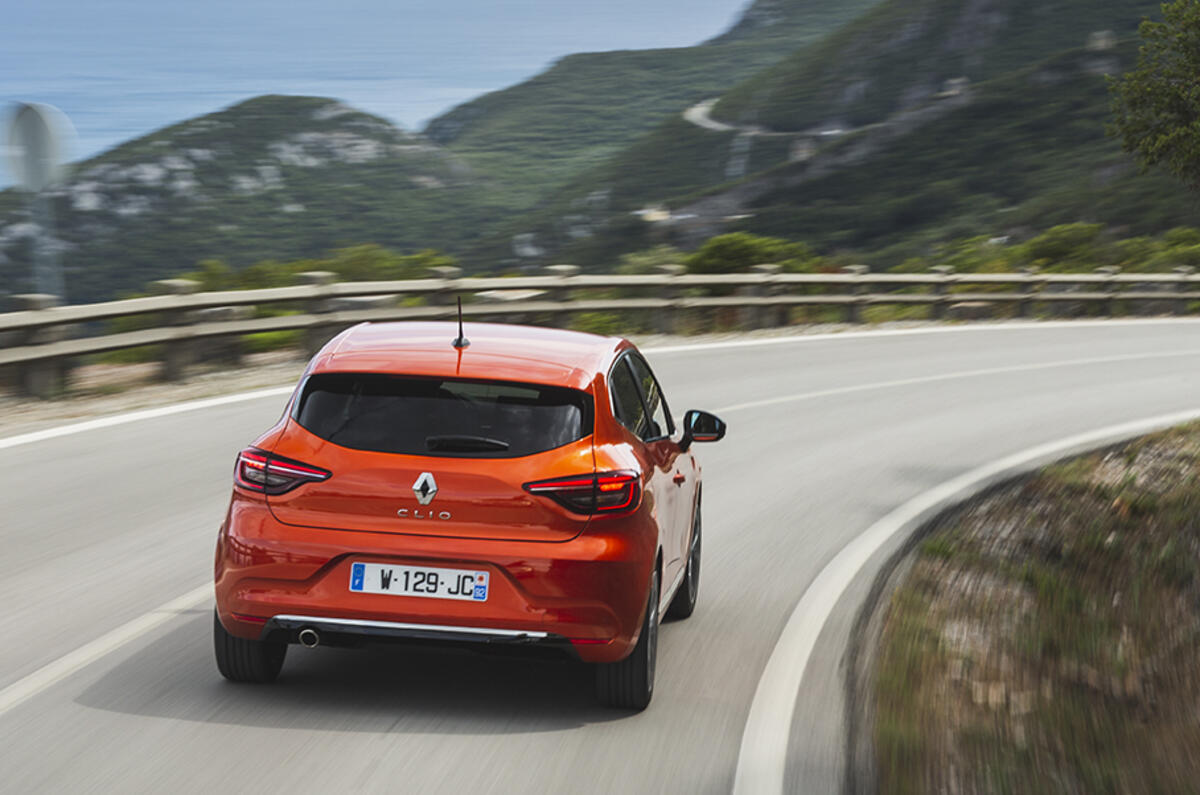








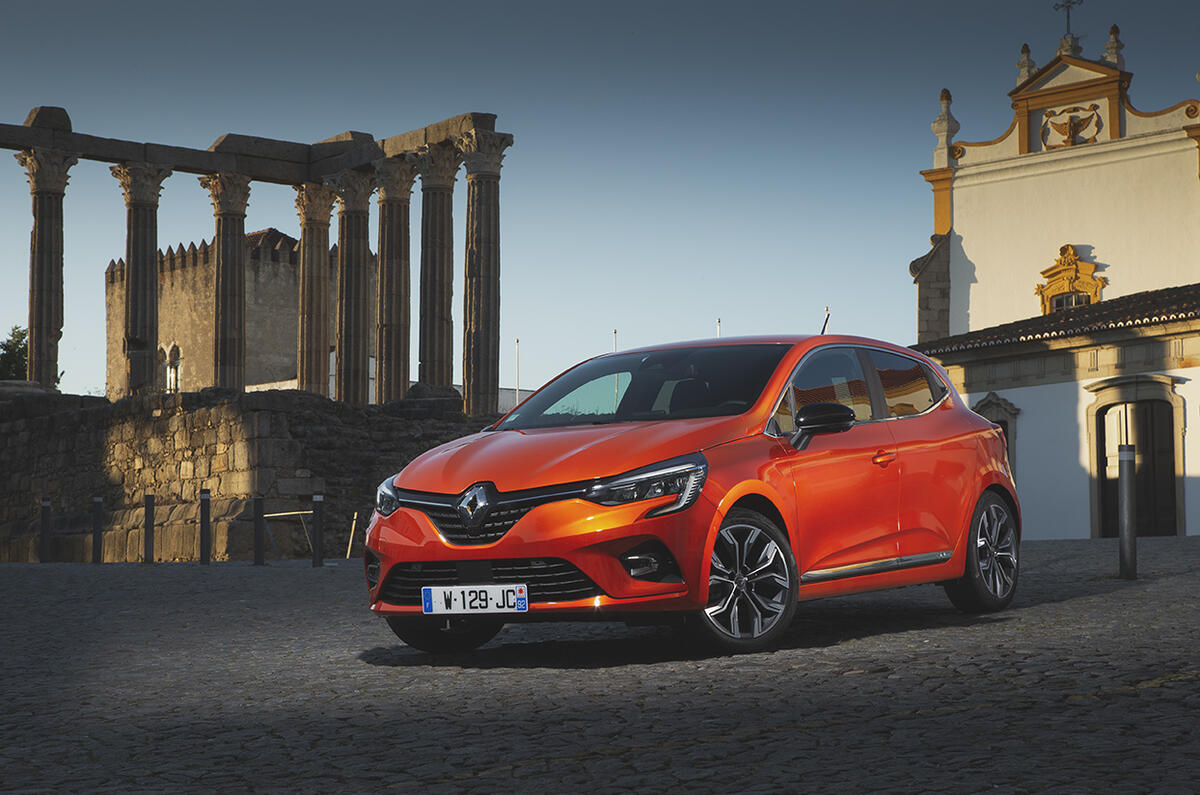
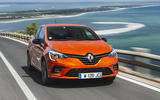
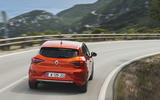








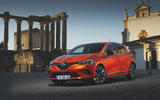

Add your comment